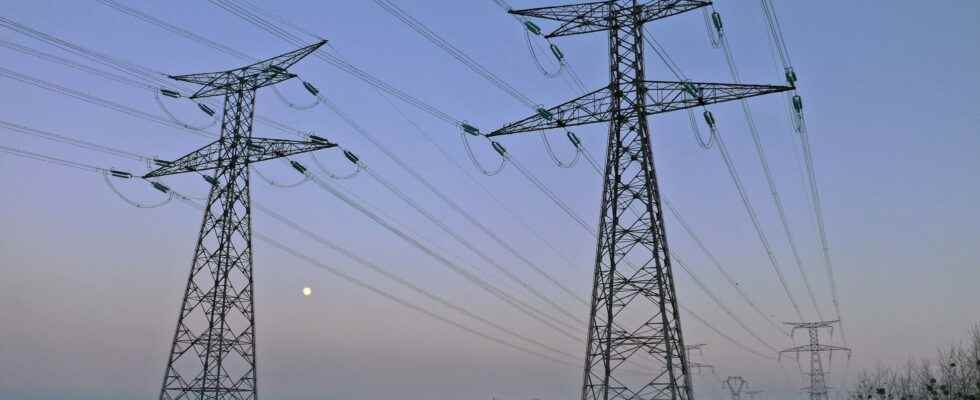As France prepares to live its first very cold weekend on December 10 and 11, the government is trying to set up a strategy to protect its electrical network under strain. Reignited nuclear reactors, drop in consumption and alert system… Update on the situation, on the eve of the weekend which will welcome the first snowflakes of winter.
- Lower electricity consumption despite the cold
RTE and the electricity distributor Enedis are organizing a national exercise this Friday to test their procedures and modes of communication in the event of load shedding, that is to say temporary cuts scheduled this winter to relieve the electrical network in tension. Several scenarios are tested by computer simulations, and do not affect the population.
Even if they are not inevitable, scheduled rolling blackouts of a maximum of two hours could occur during the winter if calls to reduce electricity consumption are not sufficiently respected. France is this year, for the first time in 42 years, a net importer of electricity because the level of nuclear electricity production is at its lowest. In particular, planned but sometimes prolonged maintenance of several nuclear reactors, or corrosion problems which required long repairs.
Power cuts would be “inevitable if electricity consumption does not decrease” at the peak of the day (between 8 a.m. and 1 p.m. and between 6 p.m. and 8 p.m.), warns RTE, which forecasts the month of January as the most risk. For the time being, the manager of the high and very high voltage line network RTE has observed a drop in electricity consumption despite the cold: – 8.3% over one week compared to the average for the 2014-2019 period. EDF, for its part, estimates the drop at -10% in November, compared to November 2021.
- 36% of nuclear reactors are still shut down
EDF announced on Friday the return to service overnight of two additional nuclear reactors, allowing the French electricity network to operate with 40 reactors connected out of 56, on the eve of an announced drop in temperatures. EDF accounts for about 70% of French households and 55 to 60% of businesses as customers.
EDF data shows that the Bugey 3 reactors near Grenoble and Dampierre 3 in Loiret have restarted, knowing that Cattenom 4 in Lorraine had resumed electricity production on Wednesday evening. According to EDF, the 40 connected reactors bring the available power to 39 gigawatts (GW), out of a maximum installed power of 61 GW.
- The alert system is in place
In the event of high voltages, RTE will send a red EcoWatt signal three days in advance. If consumption decreases and neighboring countries can supply electricity, the blackout will be avoided. If this is not enough, load shedding will be confirmed the day before for the next day as a “last resort”. These targeted cuts will last a maximum of two consecutive hours in parts of the departments. The goal: to avoid the “black-out”, a generalized breakdown with much heavier consequences.
The “Temporary cuts” website of Enedis, the distribution network manager, also accessible from the website monecowatt.fr will publish the day before around 5:00 p.m. the list of departments that will be affected and will offer a function to find out more precisely which address is concerned.
Such cuts “should not affect more than 4 million customers simultaneously”, according to a circular addressed to the prefects. Part of the population will never be offloaded because it has priority, or connected by chance to a priority line serving a hospital, a critical or sensitive site for national defence. In all, around 14,000 priority sites according to lists drawn up by the prefects.
- The center of Paris plunged into darkness on Thursday evening
After a first incident in Aube at the beginning of the month, a massive power outage affected up to 125,000 customers in several central districts of Paris on Thursday evening, plunging entire neighborhoods into darkness, due to a ” technical incident” on a transformer, according to network managers Enedis and RTE. Most homes, located mainly in the 3rd, 4th, 5th and 14th arrondissements were restored before midnight.
Images posted on social media by stunned Parisians showed streets with lampposts, red lights and buildings completely extinguished, with car headlights sometimes the only source of light. RTE ensures that Thursday’s “damage” did not fall within the context of deliberately scheduled outages. A “technical incident on an Enedis transformer” led to the cutting of a “radial”, buried high voltage line of 225,000 volts, explained an RTE spokesperson.
